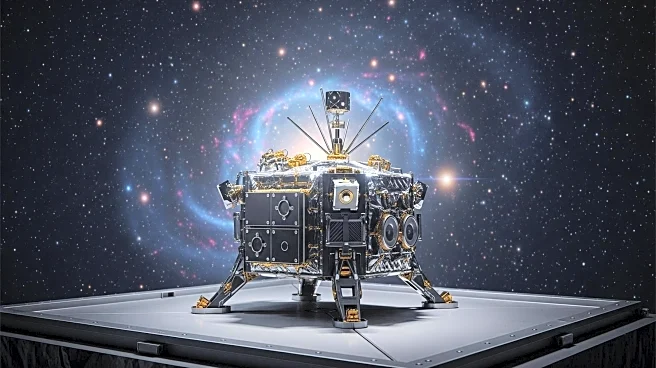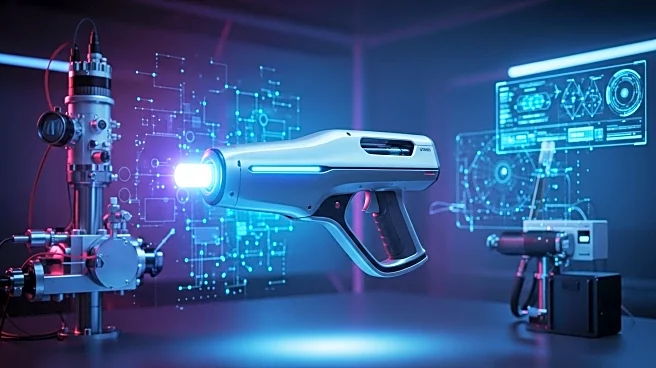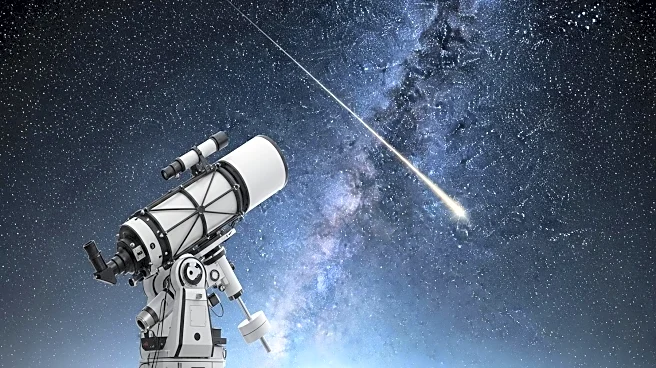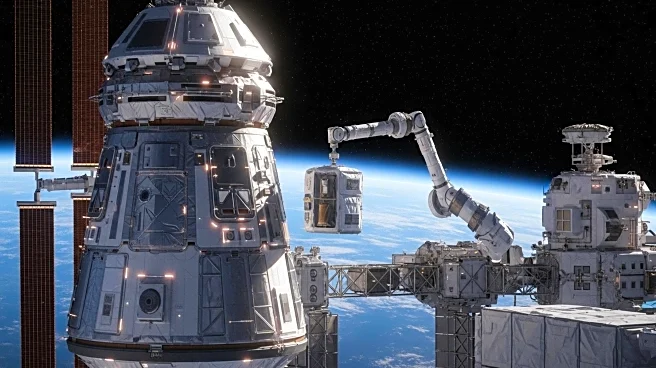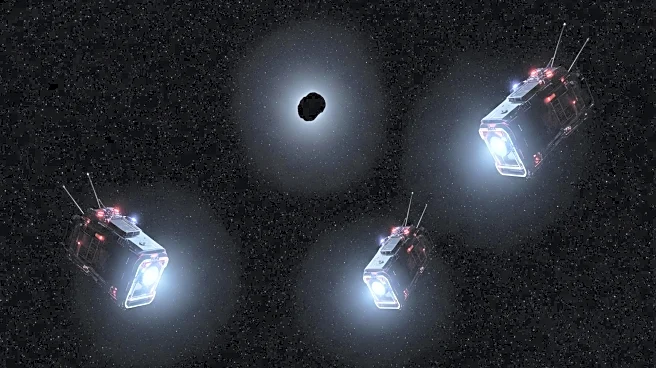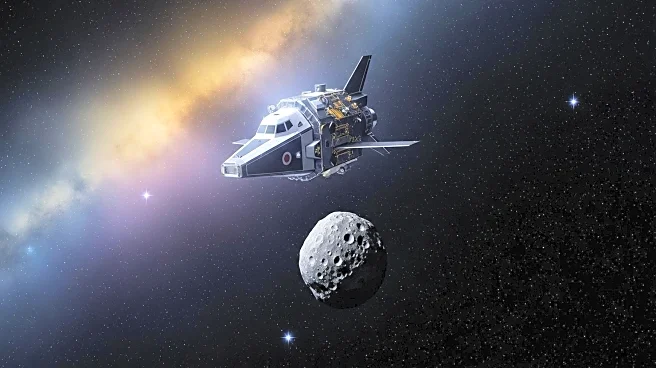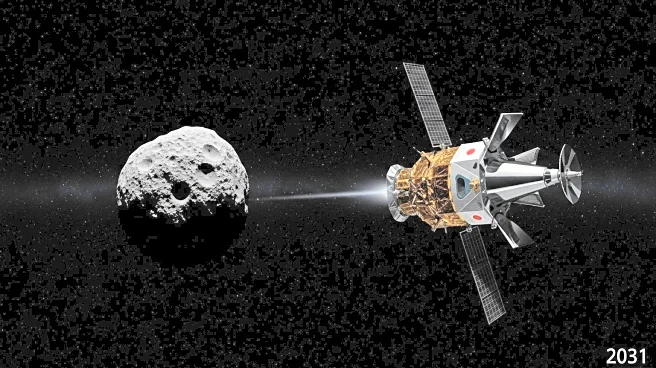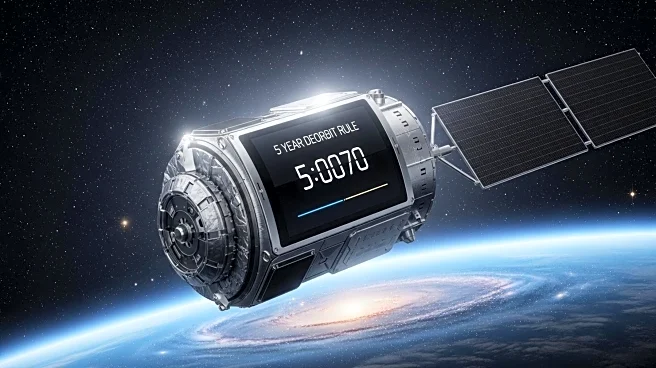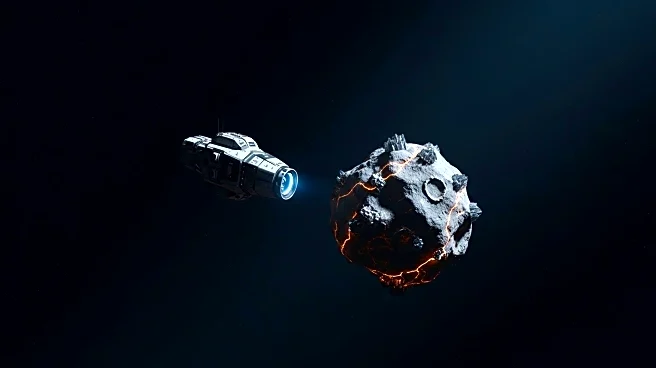What's Happening?
Researchers at Tohoku University in Japan have unveiled a new propulsion system designed to address the growing problem of space debris. This innovative technology, known as the bidirectional plasma ejection type electrodeless plasma thruster, offers a contact-free method for cleaning up space junk. The system works by ejecting two plasma streams simultaneously, one aimed at the debris to decelerate it and another in the opposite direction to counteract the kickback force, ensuring the removal satellite remains stable. The thruster uses argon as a propellant, which is both cheaper and more abundant than traditional options, making it economically viable for large-scale deployment. The development aims to prevent the Kessler syndrome, a scenario where collisions between space debris and operational satellites could lead to a cascade of further collisions, potentially rendering large sections of low Earth orbit unusable.
Why It's Important?
The introduction of this plasma thruster is significant for the sustainability of space activities. With an estimated 14,000 pieces of space junk currently in low Earth orbit, the risk of collisions that could damage operational satellites and disrupt critical space-based services is high. This technology provides a promising solution to mitigate these risks, ensuring the continued functionality of satellite technology used for communication, navigation, and earth observation. The potential to prevent the Kessler syndrome is crucial, as such an event could severely impact future space exploration and satellite operations. By offering a sustainable method for debris removal, the thruster could play a key role in maintaining a safe and usable orbital environment.
What's Next?
The findings from Tohoku University's research were published in Scientific Reports, marking a significant step forward in space debris mitigation efforts. As the global community continues to launch satellites at an unprecedented rate, the need for effective debris management solutions becomes increasingly urgent. The bidirectional plasma ejection system could be integrated into future satellite missions as a standard feature, setting a precedent for international cooperation in space debris management. Further testing and potential deployment of this system could lead to new avenues for maintaining a sustainable presence in space, with implications for both governmental and private sector stakeholders.
Beyond the Headlines
This technological advancement exemplifies the innovative spirit of space research, demonstrating how challenges in orbit can be addressed through cutting-edge science and engineering. The system's ability to efficiently and safely remove space debris highlights the importance of international collaboration in addressing shared challenges in space. As space becomes an increasingly crowded and competitive arena, global stakeholders will need to coordinate efforts to ensure the long-term sustainability of our shared orbital environment.

